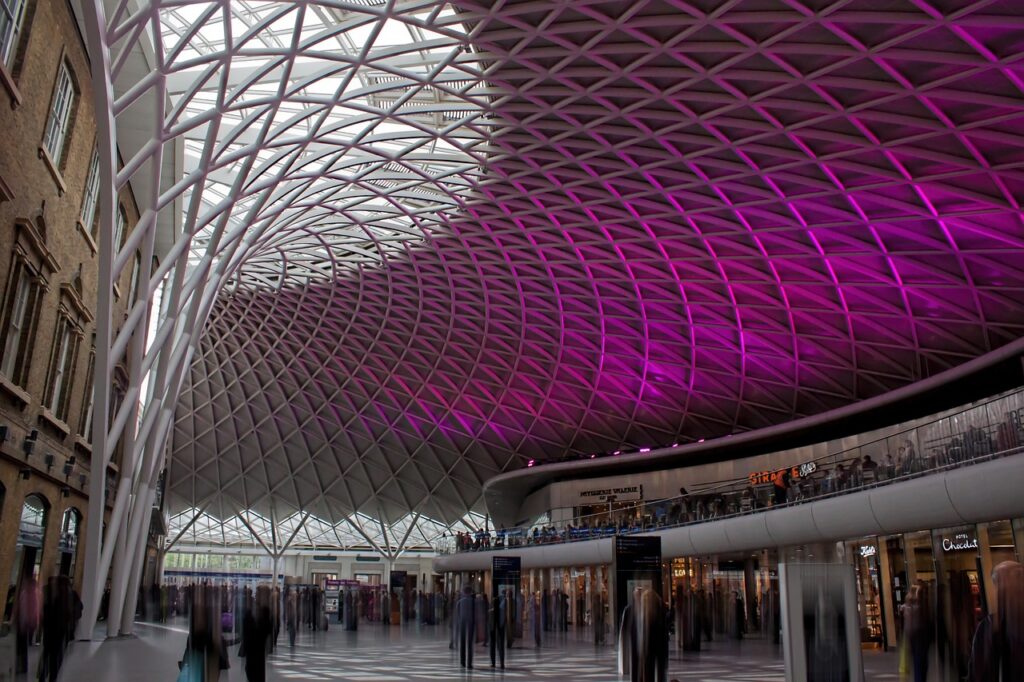What is Urban Regeneration and What Does it Involve?

Urban regeneration is where an entire area is funded by public or private sector finances for lasting improvements to be made. Sometimes known as urban renewal, urban regeneration is primarily focused on improving the quality of life for the residents of that area, and promoting economic growth.
Each urban regeneration project has their own specific aims, but the typical aims for these projects include: increasing resident satisfaction, unlocking the potential in deprived areas, reducing low employment by tackling barriers to growth, and creating opportunities in deprived communities. There are a number of companies that specialise in regeneration services, introducing new architecture, planning and designs for the area.
On top of this, many urban regeneration projects are concerned with making these areas more attractive to both the residents who live there, and current and potential investors.
What are the Types of Urban Regeneration?
Economic Regeneration
Economic regeneration is concerned with increasing business start-ups and growth, employment, earnings, and skills development for the people in an area. This kind of regeneration focuses on using inward investment to reinvigorate the local economy.
With economic regeneration, spaces are created in which people actively want to live and work. Some examples of economic regeneration include:
- Providing funding for transport and infrastructure
- Funding the development of brownfields
- Private investment
- Encouraging regeneration building projects
Regeneration is funded either through private funding of property purchases or via the public sector – it can be beneficial to businesses in the area and also the contractors hired to do the tasks including architects, construction companies, surveyors, finance houses and more.
Environmental Regeneration
Environmental regeneration provides lasting improvements to an area by reclaiming derelict land and repurposing it, and developing environmental projects. Many examples of urban regeneration focused on the environment develop their urban green spaces and also effectively manage their green belt land.
Here, environmentally focused projects will likely be introduced. These kinds of projects focus on redeveloping brownfield sites, as well as promoting greener travel and lifestyle choices.
Social & Cultural Regeneration
Social and cultural regeneration refers to social interventions in a community. Addressing damaging social habits, this type of regeneration helps members of the community contribute to society in a more meaningful way and those in deprived areas.
With social and cultural regeneration, a wide spectrum of issues are covered, and these will be tailored to the community in question. Common themes that are touched on include: health and wellbeing, parenting and family life, education and skills development, and arts and culture.
A Recent Example of Urban Regeneration
Urban regeneration is all around us, in communities and localities just like our own. A recent example of urban regeneration is in King’s Cross which has been hugely transformed through a regeneration project.
King’s Cross
Edwin Heathcote, The Financial Times, dubs King’s Cross as: “the perfect mix of grittiness and shininess, simultaneously a symbol of London’s industrial and engineering past and the creative present”. However, it wasn’t always like this. Many people will remember the post-WW2 King’s Cross that was littered with disused buildings, warehouses, and the decayed railway lands.
After a successful urban regeneration project, the picture is very different nowadays. With a brand new postcode to match the brand new redevelopment, King’s Cross is a hub of community, business, culture, and connection.
In numbers, the urban regeneration of King’s Cross is hugely impressive: 67 acres, 50 new buildings, 1,900 new homes, 20 new streets, 10 new public parks and squares, and 26 acres of open space.


